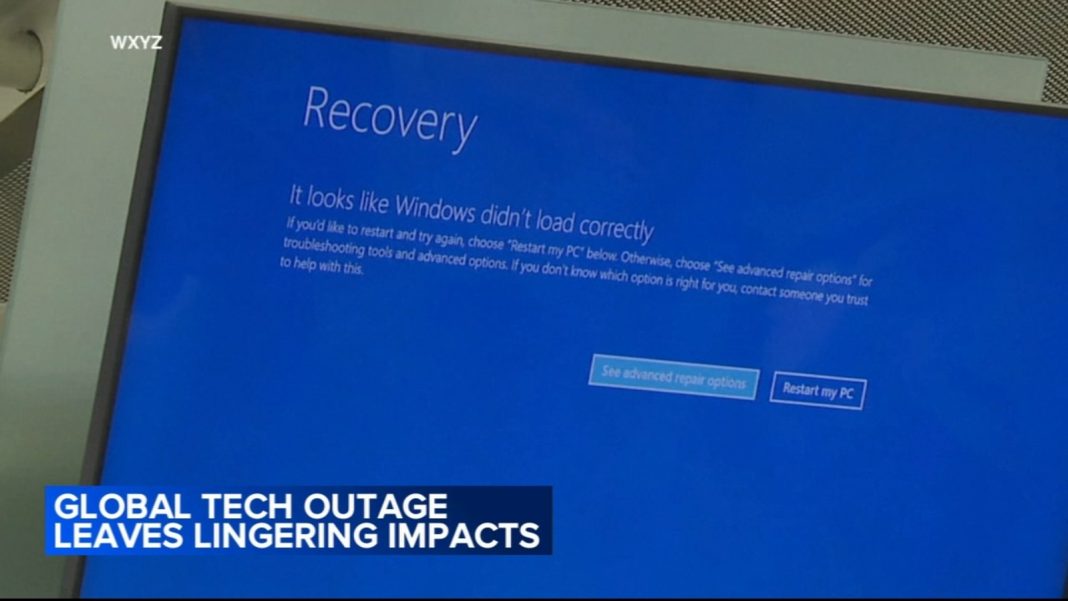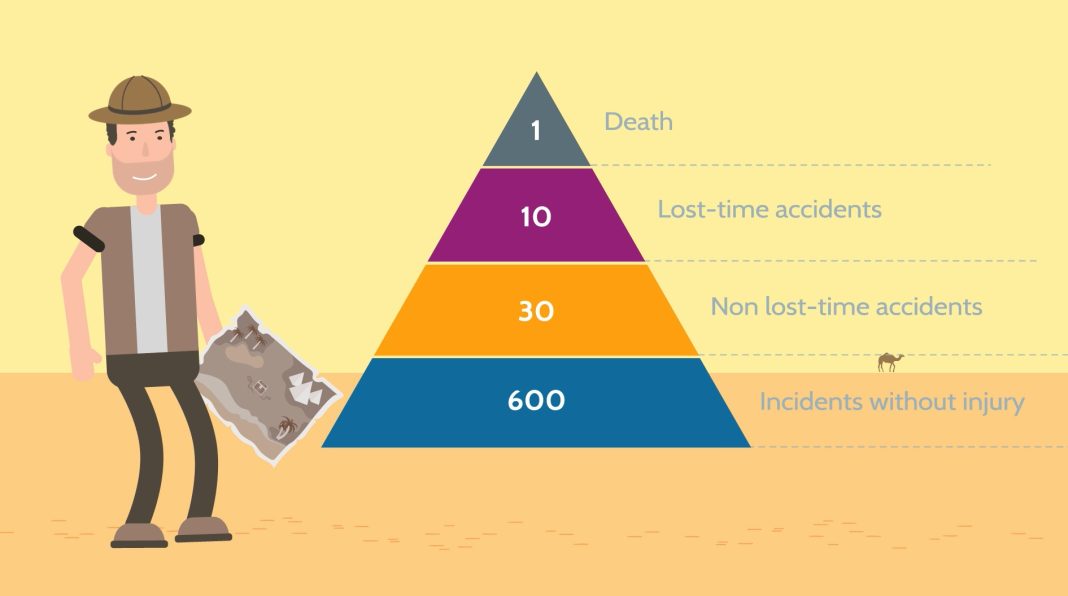The recent global disruptions caused by a faulty software update from cybersecurity company CrowdStrike have shed light on the vulnerabilities of our interconnected technology ecosystem. This incident affected airlines, banks, hospitals, and various other organizations that rely on CrowdStrike to protect their computer systems from hackers and data breaches. It serves as a reminder that despite the precautions taken, a single error can have far-reaching consequences.
According to Gregory Falco, an assistant professor of engineering at Cornell University, the root of the problem lies in the homogeneity of technology used in our IT infrastructure. We rely heavily on a few companies, and when one of them experiences a failure, it affects everyone who uses their services. Falco points out that risk-averse organizations prefer to work with established companies like CrowdStrike that provide reliable solutions and cover their bases in case something goes wrong.
The issue caused by the faulty update was not the result of a cyberattack or hacking incident, according to CrowdStrike. It was an unintentional mistake for which the company has apologized. However, fixing the problem has proven to be a complex and manual process that requires “boots on the ground,” as stated by Gartner analyst Eric Grenier. This manual approach has made it challenging for companies to resolve the issue promptly.
While not all organizations are clients of CrowdStrike, it is a prominent cybersecurity provider, particularly in sectors such as transportation, healthcare, and banking. These sectors have a significant stake in maintaining the functionality of their computer systems and therefore prioritize robust cybersecurity measures.
The incident highlights the concerns that have existed for years regarding the fragility of our globally connected technology ecosystem. It brings to mind the fears surrounding the Y2K bug in the 1990s, which raised worries about potential chaos caused by a technical glitch. As Australian cybersecurity consultant Troy Hunt notes, this recent incident is essentially what people were concerned about during the Y2K scare.
What sets this incident apart is the entrenchment of these companies in our technology infrastructure. Falco emphasizes that although we like to think we have numerous players in the field, the reality is that the largest companies all rely on the same technologies. This lack of diversity increases the risk of widespread disruptions when a problem occurs.
CrowdStrike, founded in 2011 and publicly traded since 2019, positions itself as a leading cybersecurity provider that has reinvented cybersecurity for the cloud era. With its emphasis on artificial intelligence and its large customer base of 29,000 subscribing clients, it has become a prominent player in the industry. The company is known for its heavy marketing efforts, including Super Bowl ads, and its presence at cybersecurity conferences.
The CEO of CrowdStrike, George Kurtz, has faced criticism for his initial response to the incident, which was perceived as lacking contrition. However, he later apologized and expressed understanding of the gravity of the situation. Cybersecurity industry analyst Richard Stiennon considers this incident to be a historic mistake by CrowdStrike, describing it as the worst technical glitch or faux pas ever made by a security software provider.
Stiennon acknowledges that while the technical fix is relatively straightforward, the hands-on work required to rectify each affected computer could have a lasting impact on some organizations. Moreover, with many people on vacation during the holiday season, it may take time for CEOs and IT teams to address the issue fully.
Despite this significant failure, Stiennon believes that both the markets and customers will forgive CrowdStrike, and the incident will eventually blow over. Allie Mellen, an analyst at Forrester, commends CrowdStrike for clearly communicating the necessary steps to fix the problem. However, she emphasizes the need for a thorough retrospective to determine what went wrong and how to prevent similar incidents in the future. This review should focus on aspects such as testing and software development processes.
In conclusion, the recent global disruptions caused by a faulty software update from CrowdStrike have highlighted the vulnerabilities of our interconnected technology ecosystem. This incident serves as a reminder that even the most risk-averse organizations can experience significant disruptions due to a single mistake. It also exposes the dangers of relying heavily on a few companies and technologies. Moving forward, it is crucial for organizations to diversify their cybersecurity measures and for providers like CrowdStrike to conduct thorough testing and implement robust development processes to prevent such incidents from happening again.


